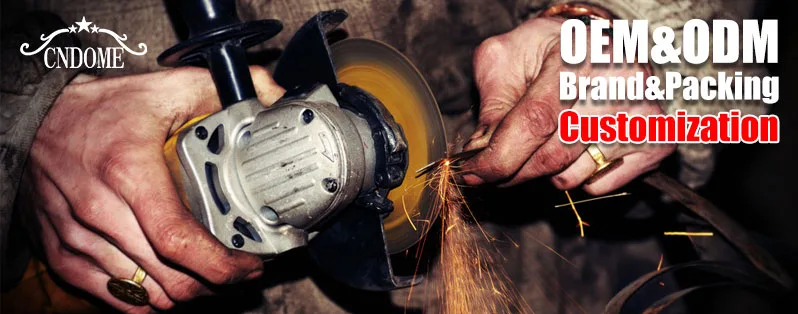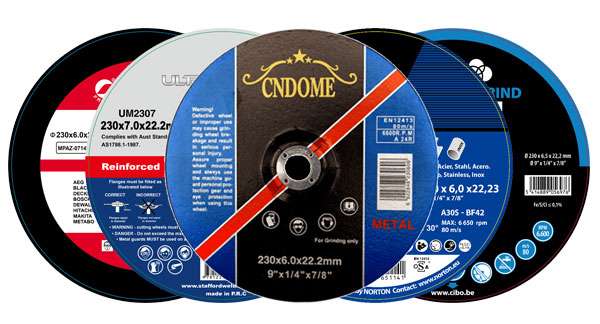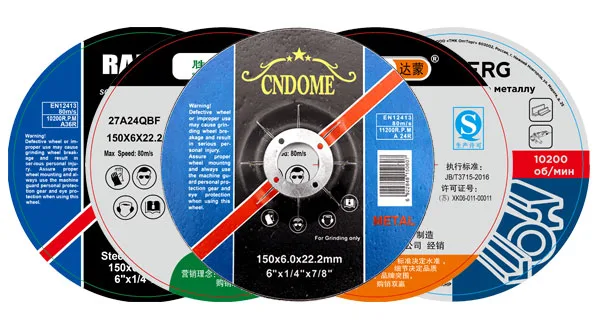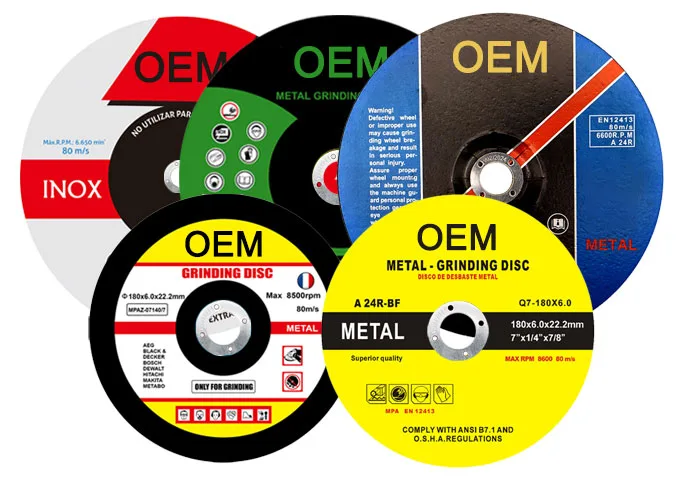When it comes to metalworking and precision machining, the right grinding wheel can make all the difference. These often-overlooked tools are instrumental in shaping, sharpening, and finishing materials in various industries. In this post, we’ll dive into the world of grinding wheels and discover the four main types that are commonly used in workshops and manufacturing processes.
1. Straight Grinding Wheels: Precision in Simplicity
Straight grinding discs are perhaps the most common and straightforward type. These wheels are flat and feature a uniform grinding surface that’s ideal for tasks where precision is key. Whether you’re sharpening blades, smoothing rough surfaces, or removing material quickly, straight grinding discs are the go-to choice. They come in a variety of abrasive materials to suit different needs, including aluminum oxide for general-purpose grinding and silicon carbide for more specialized applications.
2. Cylinder Grinding Discs: Precision in Cylindrical Form
Cylinder grinding wheels, as the name suggests, are cylindrical in shape. These wheels are especially useful for grinding surfaces with contours and curves. They allow for precise grinding on the outside surface of a workpiece, making them a popular choice in applications like cylinder grinding and gear tooth grinding. The cylindrical shape ensures efficient material removal while maintaining the desired shape and dimensions.
3. Tapered Grinding Wheels: Precision in Angles
Tapered grinding wheels feature a conical shape with a gradual reduction in diameter from the larger end to the smaller end. This design allows for controlled and precise grinding on angled or curved surfaces. Tapered wheels are often used for tasks such as reaming, centerless grinding, and other operations where access to tight spaces or varying angles is required. They provide the needed precision to maintain uniformity and accuracy in the workpiece.
4. Dish Grinding Wheels: Precision in Dish Form
Dish grinding discs have a unique design with a concave shape. This makes them ideal for grinding on the inside diameter of a workpiece, as well as on the outside edge or flat surfaces. These wheels excel in tasks like tool and cutter grinding, internal grinding, and jig grinding. The dish shape allows for easy access to contours and intricate shapes while maintaining consistent precision throughout the grinding process.
Choosing the Right Grinding Wheel
Selecting the right grinding wheel is crucial for achieving the desired finish and maintaining safety in your work environment. Factors like the material you’re grinding, the specific task, and the type of grinder being used will all influence your choice.
Material Compatibility: Different grinding discs are designed for different materials. Ensure your choice aligns with the material you’re working on to achieve the best results.
Grit Size: Grinding discs come in varying grit sizes. Coarse grits remove material quickly, while finer grits provide a smoother finish. Select the appropriate grit for your project.
Safety: Always prioritize safety. Use the right wheel for the job, ensure it’s properly mounted, and follow all safety guidelines and precautions.
In conclusion, grinding wheels are vital tools in the world of precision machining and metalworking. Each type of wheel has its own set of advantages and is suited for specific tasks. By understanding the differences and knowing when to use each type, you can unlock the power of precision in your grinding operations, achieving exceptional results with efficiency and safety.




